Because I’m a bad travel blogger, I barely wrote about the wild 2019 summer of Ireland, Morocco, and Egypt.
I can’t believe my one-month trip to visit the Republic of Ireland and Northern Ireland was already one year ago, and wanted to dedicate June 2020 to covering the amazing experience. For the first time, I traveled with almost no set itinerary, choosing every couple of days where to go next, and saw A LOT.
My final itinerary looked like this (and I stayed the night in 11 of these places): Dublin ➡️ Drogheda ➡️ Dundalk ➡️ Carlingford ➡️Belfast ➡️ Bushmills/Castlecatt and Giant’s Causeway ➡️ Derry/Londonderry ➡️ Sligo ➡️ Bundoran ➡️ Strandhill and Knocknarea ➡️ Westport ➡️ Galway ➡️ Salthill ➡️ Connemara day tour ➡️ Killarney ➡️ Dingle ➡️ Tralee ➡️ Dublin.

Yep, I move fast when there’s so much to see and so little time. Even when I travel the country entirely without a car!
Ireland is now one of my favorite countries, and definitely one of the friendliest countries ever – if not the friendliest country ever. I never once met an unfriendly face who didn’t want to help, chat, learn about me, advise me, poke fun, “shoot the shit,” or talk U.S.-Irish relations and history.
But I had one big “problem” in Ireland, and if you go too, you’ll see what I mean. Every day, I’d declare I saw something so beautiful that nothing could possibly top it. And the next day, I’d see an even more beautiful sight.
At the end of that thrilling month full of way too many bad photos, here’s where I recommend a shorter-term traveler to stop.
Click on the town name to navigate there:
Carlingford
Carlingford is a town on the Cooley Peninsula, between the waters of Carlingford Lough and the mountain of Slieve Foye, in the northeast of Ireland. It’s known for its oyster farms, medieval buildings and outdoor activities. The 12th-century King John’s Castle overlooks the harbour. Taaffe’s Castle is a 16th-century tower house. Carlingford Heritage Centre, in a medieval church, has displays on local history.
Source
Since moving to Europe, I find myself in constant confusion over what is a town or city when my default is to think of everywhere as a city. Ireland is relatively small and not very population-dense. But this gorgeous town north of Dublin towards the border with Northern Ireland should definitely be on your list.
Carlingford, a town nestling a picturesque harbor that stretches up towards Slieve Foy, or “Carlingford Mountain,” was so beautiful I was physically unable to stop taking photos. The day went from gray and rainy to bright and green and back again so many times, and as I walked the streets punctuated by ancient stone walls and colorful shops, I documented the play of color and light with wonder. Faeries do exist.
Small and extremely walkable, this is a great day trip from Dundalk (stay at the lovely Innisfree House B&B and visit the impressive St. Patrick’s Church and Cú Chulainn’s Castle), or a lovely place to stay the night for an extended moment of relaxation.
Carlingford is not necessarily the place for fine dining, but it is the place for laid-back friendly service and homemade pastries.
Don’t miss:
- Shop: Village Vintage Carlingford offers vintage and handmade jewelry (and much more) that make for a unique souvenir from Ireland.
- Coffee: The super-friendly Liberty Cafe serves some great pie and simple, affordable lunch options. Their picnic-like tablecloths brought me to a whimsical place.
- History: If you visit Carlingford Abbey on an overcast day, you might even be lucky to have it to yourself, as I was (see above)! This medieval Dominican Abbey is well-preserved and impressive. It’s easy to see how people moved about inside.
- Fun: Leprechaun & Fairy Cavern. These tours are just for shiggles and great for kids.
- View: Walk along the harbor and take as many pictures as you please. (And send me them. I still don’t have enough.)
Sligo
The town of Sligo, in the north of Ireland, straddles the Garavogue River where it meets Sligo Bay. It’s known for its literary heritage and rugged countryside. Ruined medieval Sligo Abbey has carved tombs and a 15th-century altar. Sligo County Museum displays memorabilia of local poet W.B. Yeats, paintings and Stone Age artefacts. The Model is a contemporary arts centre featuring works by 20th-century Irish artists.
Source
When I opened my mouth in the place affectionately called Sligo Town (pronounced “Sly-go” – don’t make my same mistake! 🙂 ), people were surprised to find a New York tourist there – in June. Sligo isn’t well patronized, and that’s a shame. It may not be the most developed city, but there’s so much history, culture, and small-town kindness here, it would be a shame not to visit.
Not to mention that Sligo is a great base for the surrounding area with a well-connected bus station. I stayed for three nights and made day trips to nearby surf town Bundoran (50-min one way) and nearby suburb Strandhill (location of Knocknarea, 25-min one way).
Don’t miss:
- Sleep: the Railway Hostel – the owner, Paddy, is super-nice and you’ll sleep in the most comfortable bed of your life (just be aware of hostel rules, call in advance to check in, and prepare to supplement your breakfast).
- Walk: The friendly local tourism office will give you the most enthusiastic free walking tour of your life. Yes, I’m making lots of wild generalizations here.
- Admire: The unusual and photogenic Yeats statue in front of Ulster Bank was created in 1989 by Ronan Gillespie. I think it would do him proud.
- Eat: Sweet Beat Cafe (plant-based cafe) is hands-down one of the coolest and most colorful brunch places I’ve ever been to. Their staff is passionate about presentation and sustainability. Hearts Desire Barista Bar is a small but intimate cafe with an underground feeling (time travel, anyone?). The chatty owner told me about how hard it was to bring an appreciation of specialty coffee to Ireland, but he’s trying his best. Aussie-owned Swagman Bar has an impressive collection of Irish craft beers (including the well-known White Hag) and although I didn’t make it there, Shoot the Crows is a local classic that was highly recommended to me by at least 4 people.
- Music: Sligo loves live music. Catch a beer and stay for a show of traditional Irish folk tunes.
- History: Sligo Abbey has a 600-year history through fire, destruction, and rebuilding. Its many arches and colonnades are out of this world.
- Art: The Model Museum (home of the Niland collection). This modern art museum has a quirky presentation, with all its historical paintings hung in collage in one large room. Sorry for taking a nap in the reading room…I was really tired from walking Sligo and observing the art 😉
Nearby:
- Culture: A 10-minute bus ride to Drumcliffe (recommended on the way to Bundoran – you can get off and on) will bring you to the Round Tower, poet W.B. Yeats’ burial place, and Teach Bán Art Gallery, which features local artists and sculptures – say hi to my friend Francis and then take a seat in the picturesque Tea House across the road (if you’re wondering where all the people are, they’re there 😛 ). Don’t forget to snap a great picture or twenty of the table-like mountain Ben Bulben while you’re at it.
- Climb: Take a 25-minute bus to Strandhill and walk to Knocknarea hill (not for the faint of heart especially in the rain, despite its “mild” difficulty level). Before you ascend, take a walk along the beach and stop at the deliciously buzzing Shells Cafe on the waterfront.
Bundoran
Bundoran is a town in County Donegal, Ireland. The town is located on the N15 road near Ballyshannon, and is the most southerly town in Donegal. The town is a popular seaside resort, and tourism has been at the heart of the local economy since the 18th century.
Source
As a native Long Islander, my day trip to Bundoran had me saying, “Am I in Montauk?”
I had no idea you could find such a hippie surfer culture anywhere in Ireland, but it’s truly a sight to see. Bundoran is located along one long main street, and given a full day, you’ll be able to explore the beach, the theme park, the specialty cafes, the street art, and the local souvenir shops, and still have some time for fresh-caught seafood at your pick of traditional pubs.
Don’t miss:
- Walk: Bundoran has a number of pre-planned cliff walks along Tullan Strand that are well worth the trek. Head for the Fairy Bridges and Wishing Chair if you have time.
- Eat: I recommend the traditional Madden’s Bridge Bar and Restaurant from 1908 for gorgeous wood paneling and many rooms to explore. Buoys & Gulls is a fantastic specialty cafe with a surfer vibe, a killer flat white, and a delicious lemon meringue (see above). I also enjoyed the third-wave foam. for its vegetarian meals, gorgeous bathroom wallpaper (yes, it was really that nice) and jaw-dropping people-ogling (a group of 10 freshly-showered, beach-haired women coming from the surf at 12pm on a weekday! Does anyone work in this town??)
- Fun: Walk towards the beach and you will see the Ferris wheel and other rides. Great for kids – or great for people-watching, from a distance, on one of the many green and windy cliffs.
- Admire: Bundoran has fantastic street art. I saw everything from waves to Pac-Man to flying horses.
- Shop: The Wishing Chair offers a variety of local-made and unique souvenirs, from sweaters and hats to cards and bracelets.
Galway
Galway, a harbour city on Ireland’s west coast, sits where the River Corrib meets the Atlantic Ocean. The city’s hub is 18th-century Eyre Square, a popular meeting spot surrounded by shops and traditional pubs that often offer live Irish folk music. Nearby, stone-clad cafes, boutiques and art galleries line the winding lanes of the Latin Quarter, which retains portions of the medieval city walls.
Source
I originally wanted to title this article “cities” because that’s the way I think. But a little refresher Googling on Ireland showed me that the majority of places I wanted to talk about are towns. Galway is the only true city on the list.
Oh Galway. The birthplace of Claddagh rings. Home of an iconic postcard view of rowhouses on the water. The lively New Orleans of Ireland. Where to start?
Galway is in a bit of a rivalry with Dublin as a major bastion of culture in Ireland, and many people I spoke to (okay, they were probably mainly from Galway) would vote for it over Dublin any day. I’m inclined to agree. Between the food, the music, the history, the culture, the nature walks, and the sheer spirit of exploration here, there’s no way to be bored.
It’s also not surprising in the least that it was just voted the most popular tourist destination post-lockdown.
Don’t miss:
- Sleep: Kinlay Hostel Galway has a fantastic dorm setup (with curtains and outlets!), fantastic staff and a fantastic breakfast. They even have lovely in-hostel wall art that you can gaze at for hours (see above). Top marks for everything! You can also book tours through them to the Cliffs of Moher, Aran Islands, Connemara (do this day tour, which includes Connemara, Cong, and Kylemore Abbey) and more.
- Music: Literally just look for the strings of international flags, stand in the street, and the music will find you. Get caught up in it. Sway. Sing. Own the atmosphere.
- Walk: See Galway from a local perspective with a free walking tour – and there’s lots to see. This is the easiest way to explore typical Galway before branching out on your own. Explore the Latin Quarter and learn about how Galway came to be associated with Claddagh rings, hear tales of real-life Game of Thrones in Eyre Square (where all the action is – that’s when you really feel it’s a city), and recount the history of the Irish potato famine. I loved my guide, who was a rare native Irish speaker.
- Eat: I found my coffeeshop-hopping itinerary for Galway at Culture Trip, and they didn’t lead me wrong. Kai Cafe +Restaurant is an absolute legend and award-winning farm-to-table heaven. No really – you’ll think you died and went to heaven when you see their rotating weekly menu (based on local availability of ingredients) and cake table (see photo above). What else was a line of people waiting for down the block in the rain? (MAKE RESERVATIONS, FOLKS.) Umbrella Asian Tapas is a departure from the Irish theme but was specifically recommended to me for their Green Dragon sushi, which did not disappoint. The laid-back 37 West, which you’ll have to walk out of the main city for (it’s a bit of a trek but worth it) will show you the university side of Galway, and its smiling staff, comfy wooden booths with lots of cushions to choose from, and veggie-friendly menu is a treasure.
- Coffee (and tea for once!): Coffeewerk + Press (whose customer service was a little too third-wave holier than though for me) is located in a cool yellow multi-story building in the middle of the action. I recommend taking a seat at a perfectly Instagrammable window with your pourover coffee on a wooden tray and admire the local indie art. Little Lane Coffee describes itself well – it’s a cozy, flowery, and young specialty coffee shop on a main thoroughfare of Galway. The Secret Garden Galway is another treasure. A departure from my norm as a coffee drinker, I stopped into this very strictly no-wifi zone for a breather – and was confronted with about 50 choices of loose-leaf tea. They encourage conversation with your neighbor here. If you’re lucky you’ll catch the resident cat in their literal, lovely secret garden in the back. They have a daily veggie meal.
- Read: Charlie Byrne’s bookshop is iconic, and located in a long alley of good shops and cafes. Pick a book and stay awhile.
- History: The Claddagh ring dates to the 17th century and originated in a small fishing village across from Galway (located at the start of that walk towards Salthill). There you’ll also find the famous rowhouses next to the Spanish Arch, which is one of the final holdovers of a larger complex protective walls for the quay. History and culture is strewn left and right through these cobblestone streets. In the opposite direction (if you plan to go to 37 West, see above), you’ll walk through a lovely waterfront garden towards the Roman Catholic Galway Cathedral. Linger here in the quiet atmosphere different from the rest of Galway, then continue on to the small alleyways of quixotic Nuns Island, looking out for regular pop-up food and culture festivals.
- Admire: Galway is big enough to have many different little neighborhoods, squares, walkways, and historical landmarks, each with its own unique feel – but one thing is for sure: You’re never far from the water (and you’ll be thankful for that). Stay at least a few days and explore them all!
Nearby:
- Nature walk and beer: If you tire of the city life, I got you. Take a quiet sojourn by walking the path towards Salthill suburb alongside the Atlantic ocean – another place you’ll stop every 2 seconds for a photo. It’s incredible. Once you reach Salthill, there’s not much to do but look around you and pay tourist prices for food, but that’s okay. I recommend Oslo Bar Galway, where I got a fantastic craft beer taster with some good sticker-sighting (the walls are plastered with them) and people-watching – but skip the food if you can. Nearby you’ll find the now-famous O’Connors Pub, where Ed Sheeran filmed the music video for “Galway Girl.”
- Am I back in the Victorian era? Yes, take a tour to Kylemore Abbey, a Benedictine monastery founded in 1920. The resident family has a very interesting history. You don’t have to pay to enter the grounds and gardens (I didn’t), but the views are crazy nonetheless. Bring your own lunch!
Killarney
Killarney is a town on the shores of Lough Leane in southwest Ireland’s County Kerry. It’s a stop on the Ring of Kerry scenic drive, and the start and finishing point of the 200-km Kerry Way walking trail. The town’s 19th-century buildings include St. Mary’s Cathedral. Across the bridge from the cathedral is Killarney National Park. Victorian mansion Muckross House, Gardens & Traditional Farms sits in the park.
Source
Compared to the rest of Ireland, Killarney itself is relatively flat. This town is no stranger to tourism and is very much prepared for the photo ops of its bustling alleyways and street buskers. That being said, it’s a romantic and colorful town nestled along the Ring of Kerry next to the Lough (lake) Leane and in direct proximity to a National Park.
In fact, one of the most amazing things about this town for me was that I could literally walk right into the wide open park without paying a dime – with deer and horse-drawn carriage sightings galore. This made for a gorgeous early morning walk towards Ross Castle, above, with the MacGillycuddy’s Reeks (I think – there are many mountain ranges nearby) as my backdrop.
Don’t miss:
- Walk: The town center isn’t huge and is worth a meander with its colorful shopfronts and friendly people that make everyone feel like a local.
- Eat: I wasn’t impressed with the food in Killarney, like in Carlingford, but there were a few gems (particularly the cafes, as always). Quinlan’s Seafood Bar is an institution. Their crab cakes were only okay, but the seafood stew was divine. Noelle’s Retro Cafe has an extensive, quirky coffee menu and an even more extensive, quirky cafe house with themed rooms, a sunroof, and comfy chairs – you’ll want to stay for hours. Jam is a local institution with fresh-baked goods and a variety of affordable cafeteria-style meals to pick from. Lir Cafe is quieter and more focused on chocolate than coffee (TRY. THOSE. PRALINES.), but at the time I went, the two friendliest hostesses I’ve ever met could not stop talking about how much they loved to work there. Read about more Killarney cafes here.
- Drink: Meanwhile, Killarney Brewery is well worth the 10-minute walk outside the town proper for a lively atmosphere, some quality craft beer and stone-oven pizza (the service was only okay, but to be fair they were really busy and sometimes my American enthusiasm is overwhelming).
- Nature and History: Wake up early and head towards Ross Castle. You’ll walk a long gray path through green fields, which will become quieter and quieter until suddenly, you arrive at this 15th century tower house. It’s not strictly necessary to buy a ticket as you can explore the outside and look solemnly out into the lake. Drive south towards the larger section of the National Park if you have time.
Dingle
Dingle is a small port town on southwest Ireland’s Dingle Peninsula, known for its rugged scenery, trails and sandy beaches. A statue of long-time harbour resident Fungie the dolphin is by the waterfront. Dingle Oceanworld Aquarium has penguins, otters and sharks. To the northwest, Gallarus Oratory is an ancient dry-stone church with sloping sides. Clifftop Dún Beag is a prehistoric promontory fort to the southwest.
Source
Dingle isn’t what you’d call affordable…but it’s also not your average stopover.
If you’re coming here any other way than by car, you’ll have to transfer buses at the regional hub, Tralee. But it’s worth it, because that bus ride along the steep green cliffs of the Wild Atlantic Way was one of the most gorgeous of my life.
In fact, this whole peninsula is worth staring at with your mouth wide open. Dingle is just one of the cute fishing towns with colorful shops and people on the Dingle Peninsula – but in my whole trip through Ireland, it was also the place where I felt the most conservative culture. I think people are a bit tired of tourists here.
Don’t miss:
- Walk: Dingle is small and walkable. Explore its cozy streets and sit by the harbor a while to watch the fishermen bringing in the day’s catch (beware of the Kraken, in the photo above).
- Eat: There’s so much good to experience here! Start with the unbeatable Murphy’s ice cream (founded in Dingle) made with milk from Kerry cows and offering tons of unusual local flavors, including Irish Coffee, Dingle Sea Salt, and Irish Brown Bread. (Don’t tell them I told you so, but they won’t deny you an extra sample.) Bean in Dingle is a crowded third-wave cafe with a hipster vibe that wouldn’t be out of place in New York – they even served me New York Coffee Cake (made by the employee’s grandma!!!). My Boy Blue is a standout eatery and cafe with a tasty cappuccino and brunch menu – plus “Water for your dog (or children, we don’t judge)” right outside 😉 I’d recommend Pantrí Cafe to anyone – I ate breakfast there all three days I stayed! They have a wide seasonal menu with local ingredients, good wifi, great coffee, and super friendly service.
- Drink: So special it deserves its own bullet point. Long-time brewpub Dick Mack’s “has been serving up liquid refreshments since 1899. As a dual-function pub you will find beer and a fine selection of whiskeys on one half of the bar, and a leather shop on the other. Explore the bar and adjoining rooms where the Mac Donnell family lived until recent times, or just get tucked into one of the snugs in the bar and absorb the atmosphere of this unchanged Irish pub.” You can also get a tour if you arrive early enough!
- Read: Visit the intimate Irish-focused literary cafe An Cafe Liteartha with secondhand books galore.
- Relax: There’s lots of a great beaches on the peninsula, but you’ll likely need a car.
- Admire: There are lots of memorable places to visit nearby, like filming sites from Star Wars and Slea Head, which provides gorgeous sea views at the tip of peninsula as the end loop of the Wild Atlantic Way. Find more local Dingle tips here.
Stay tuned for the best places to visit in Northern Ireland, including Belfast and Derry/Londonderry – and remember, you can never go wrong with Irish stew, brown bread, and a Guinness.

Have you been to the Republic of Ireland? What did you love most?

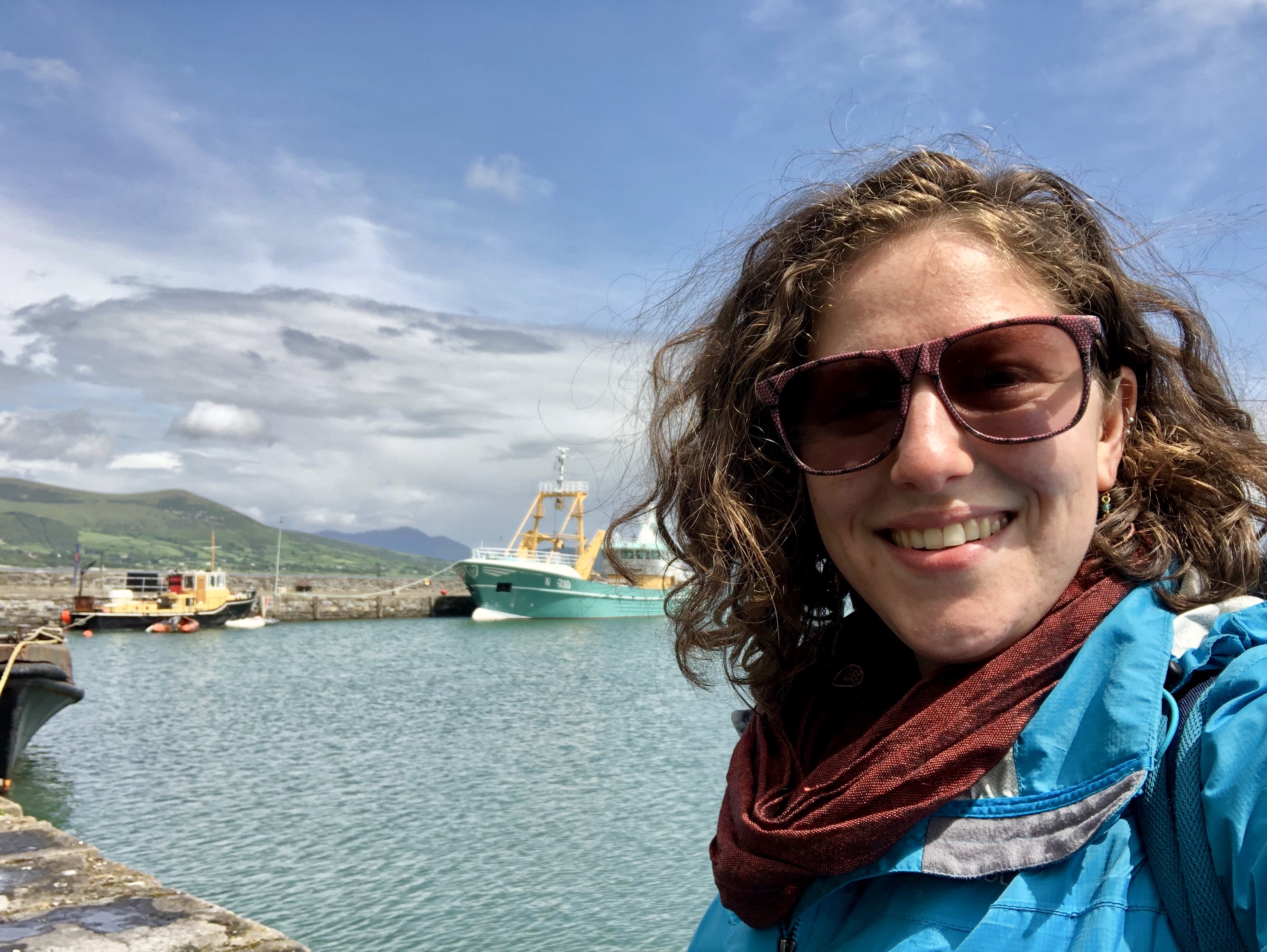



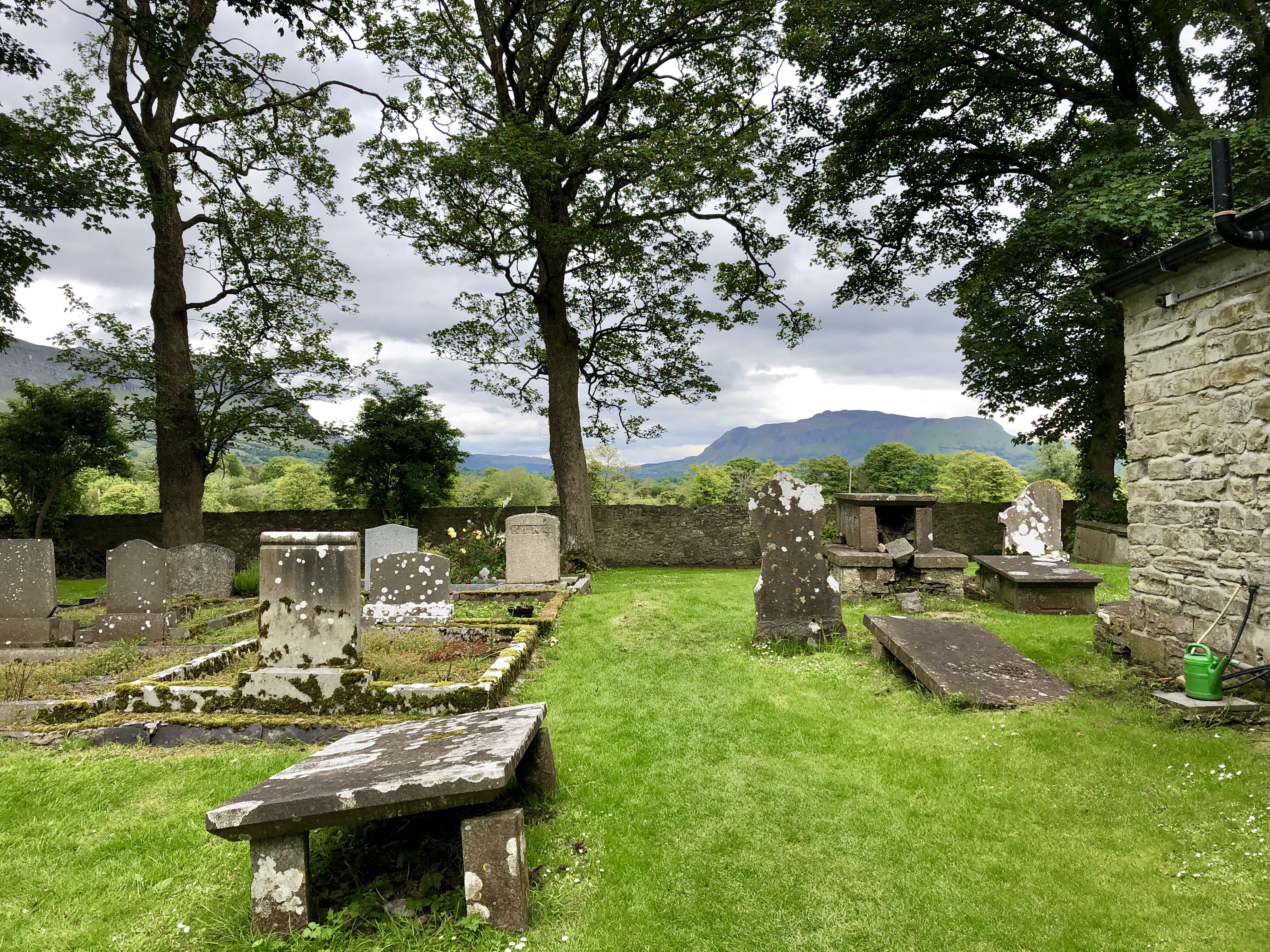
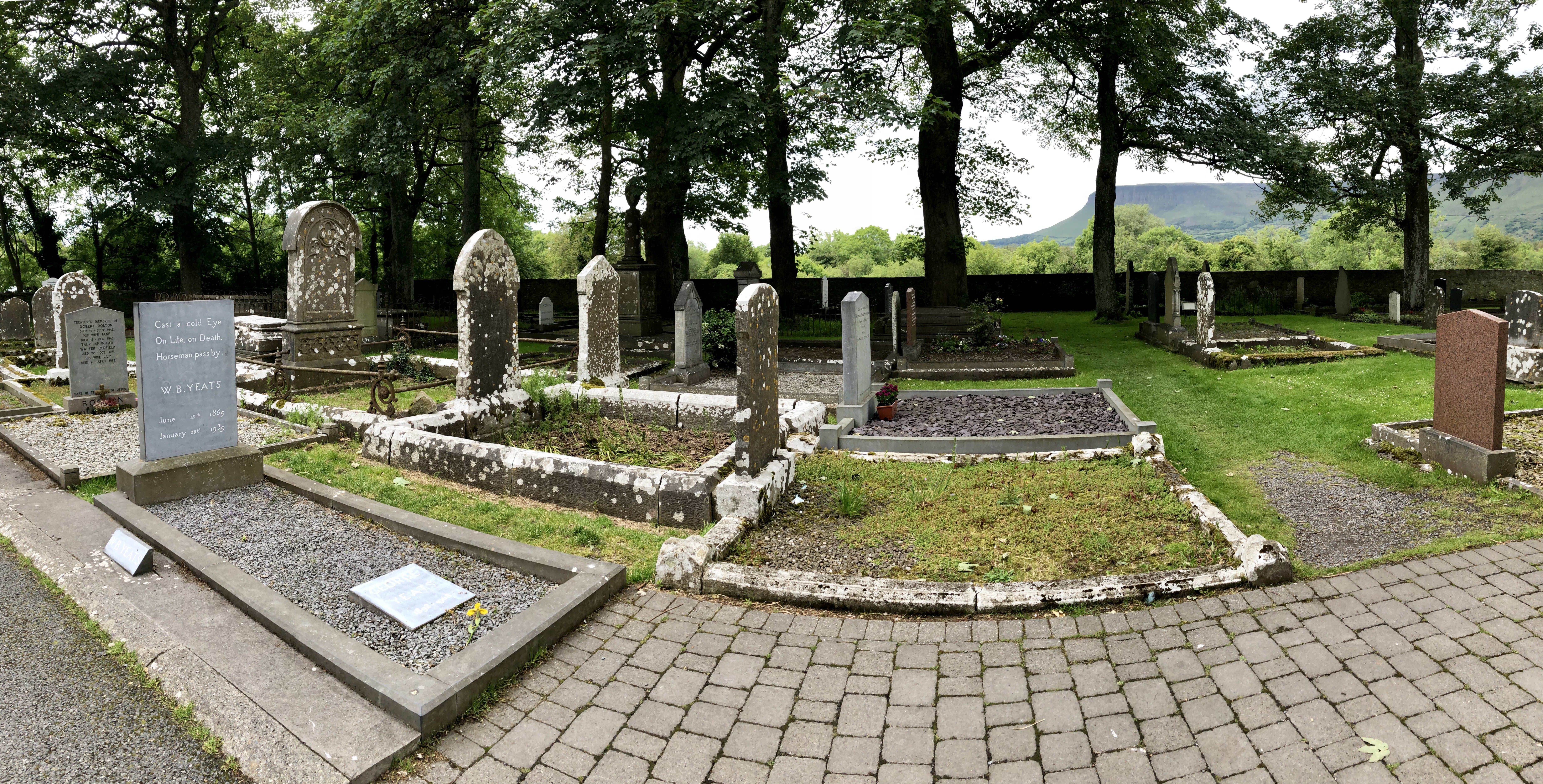
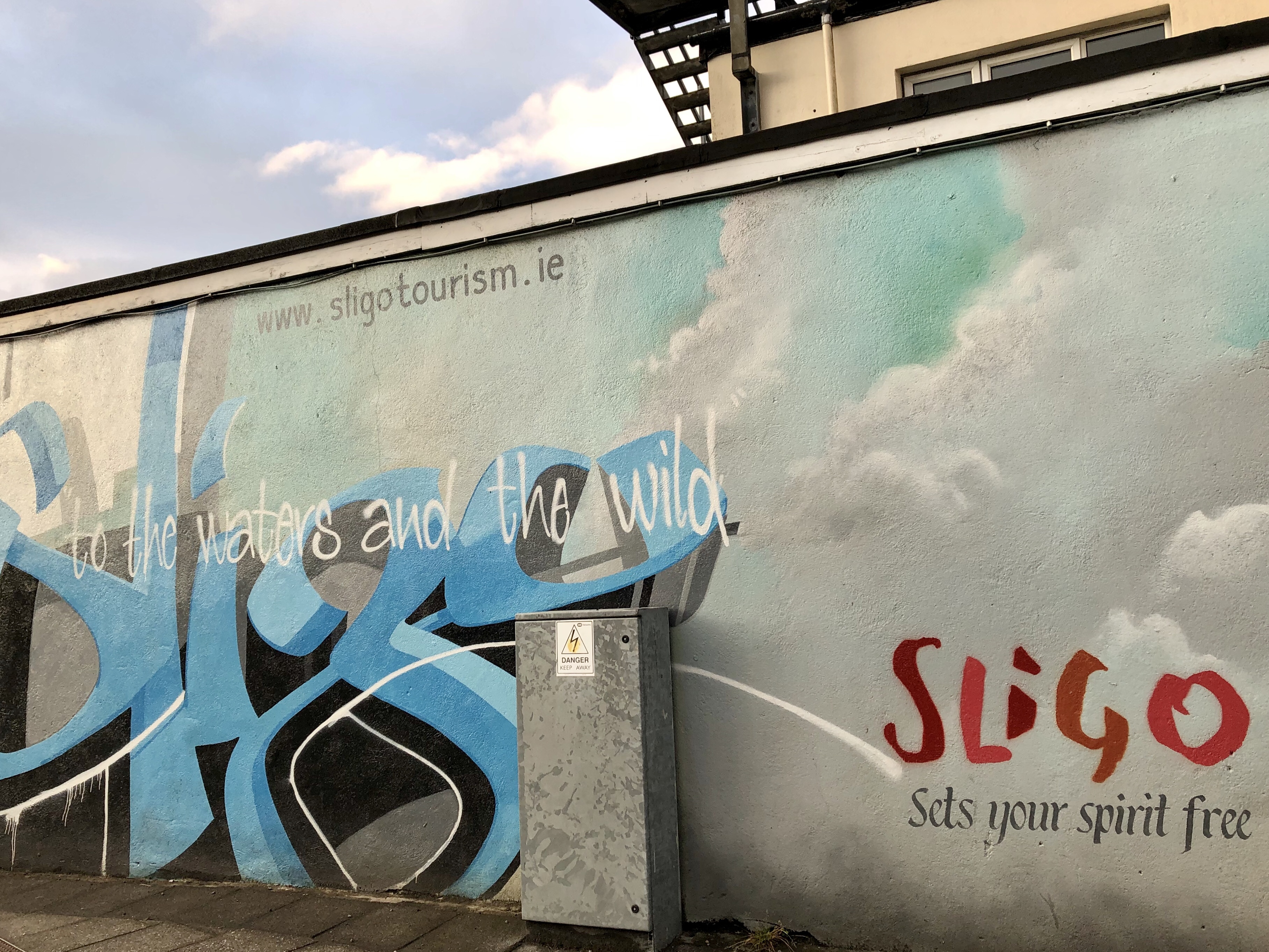



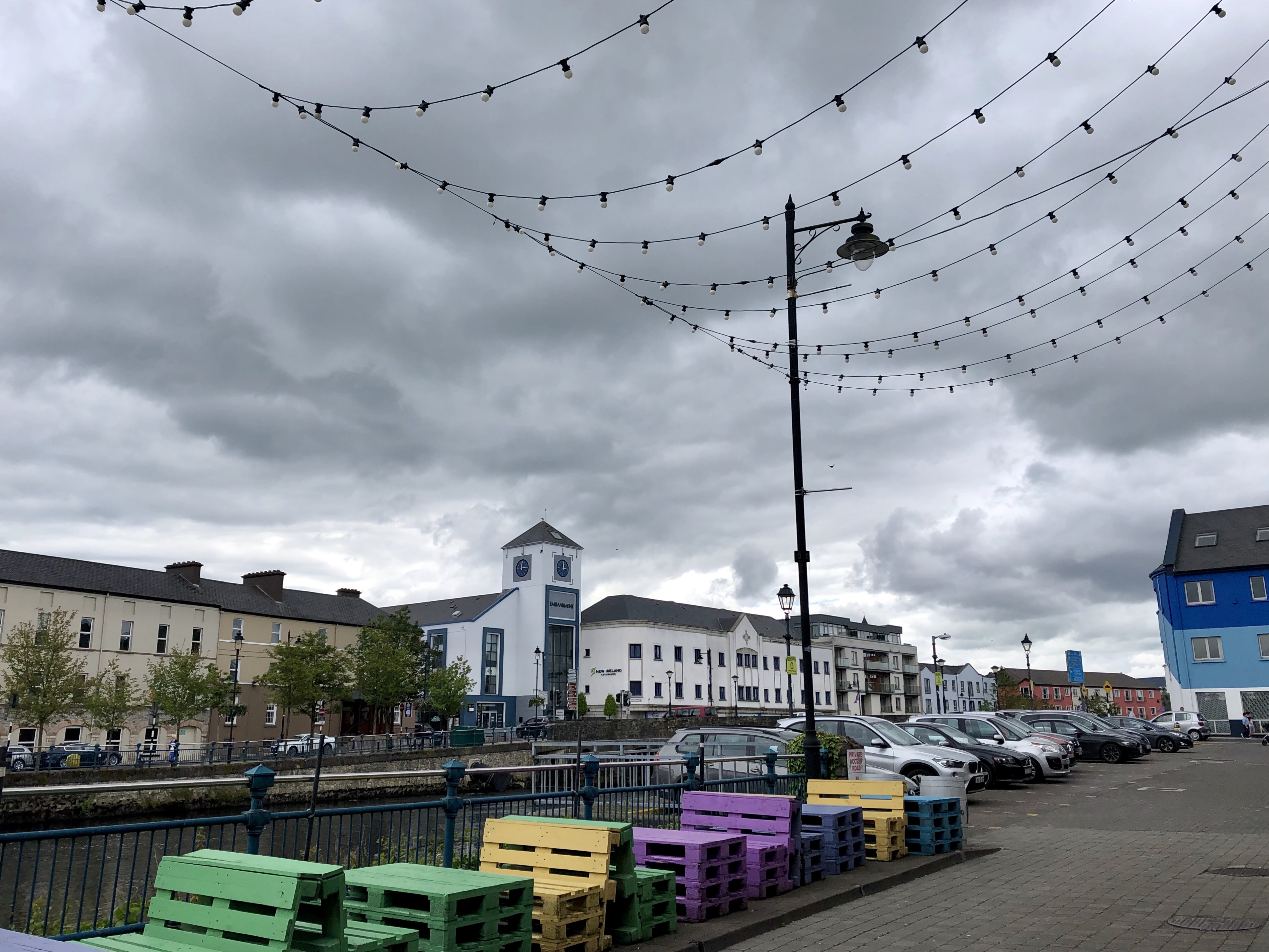
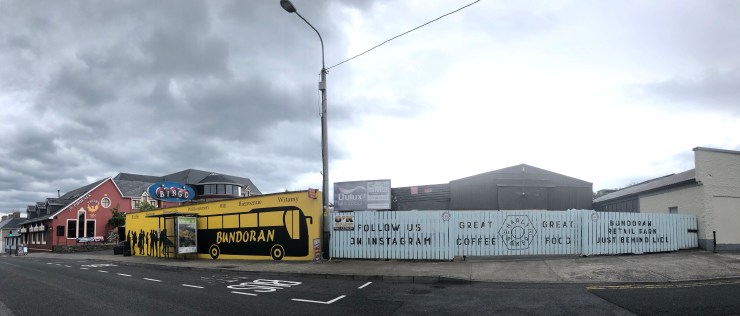
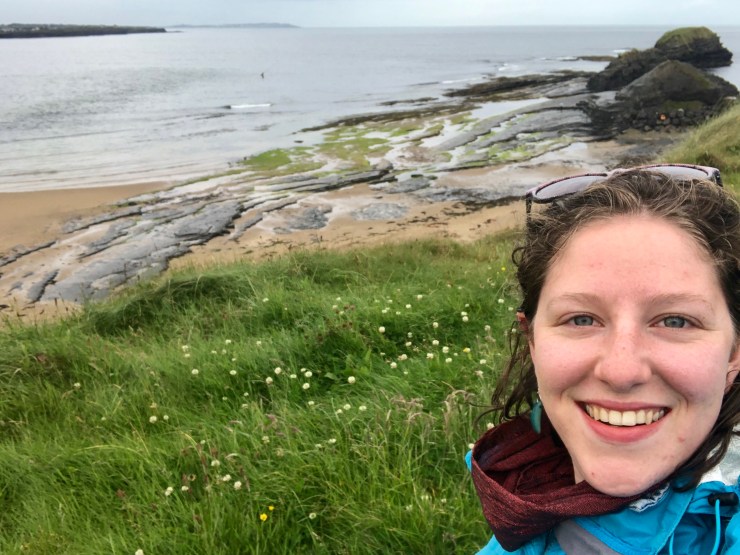




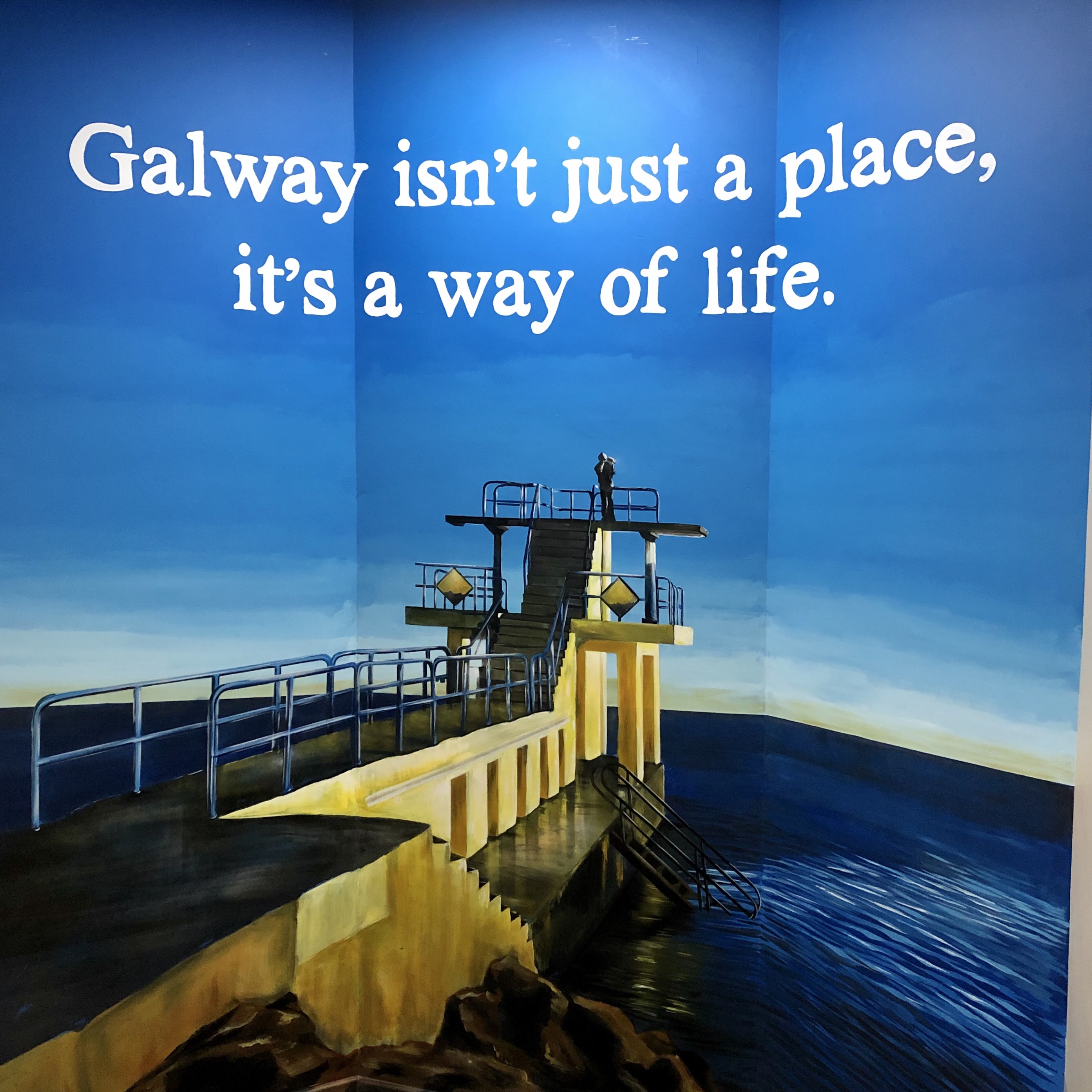
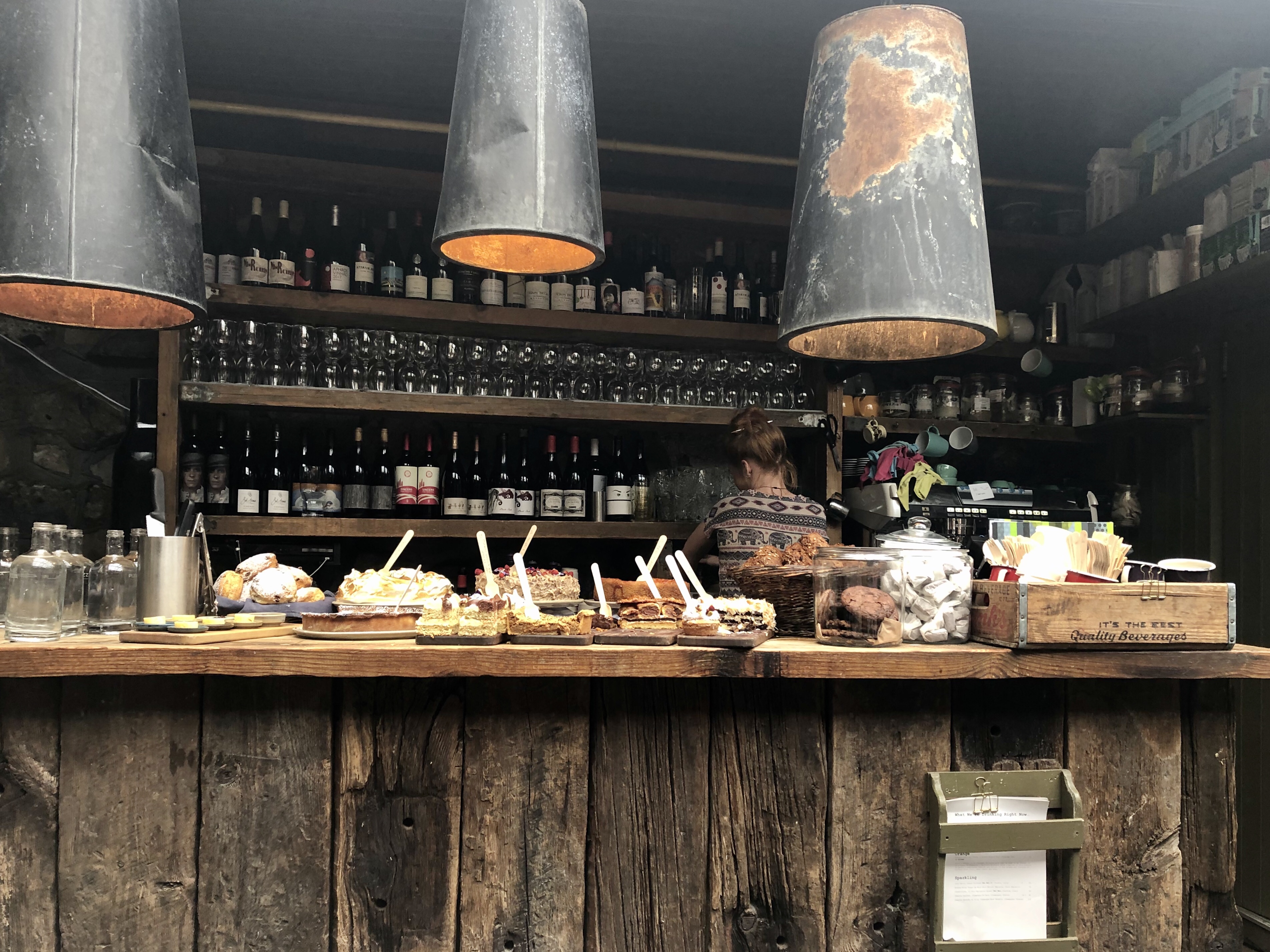

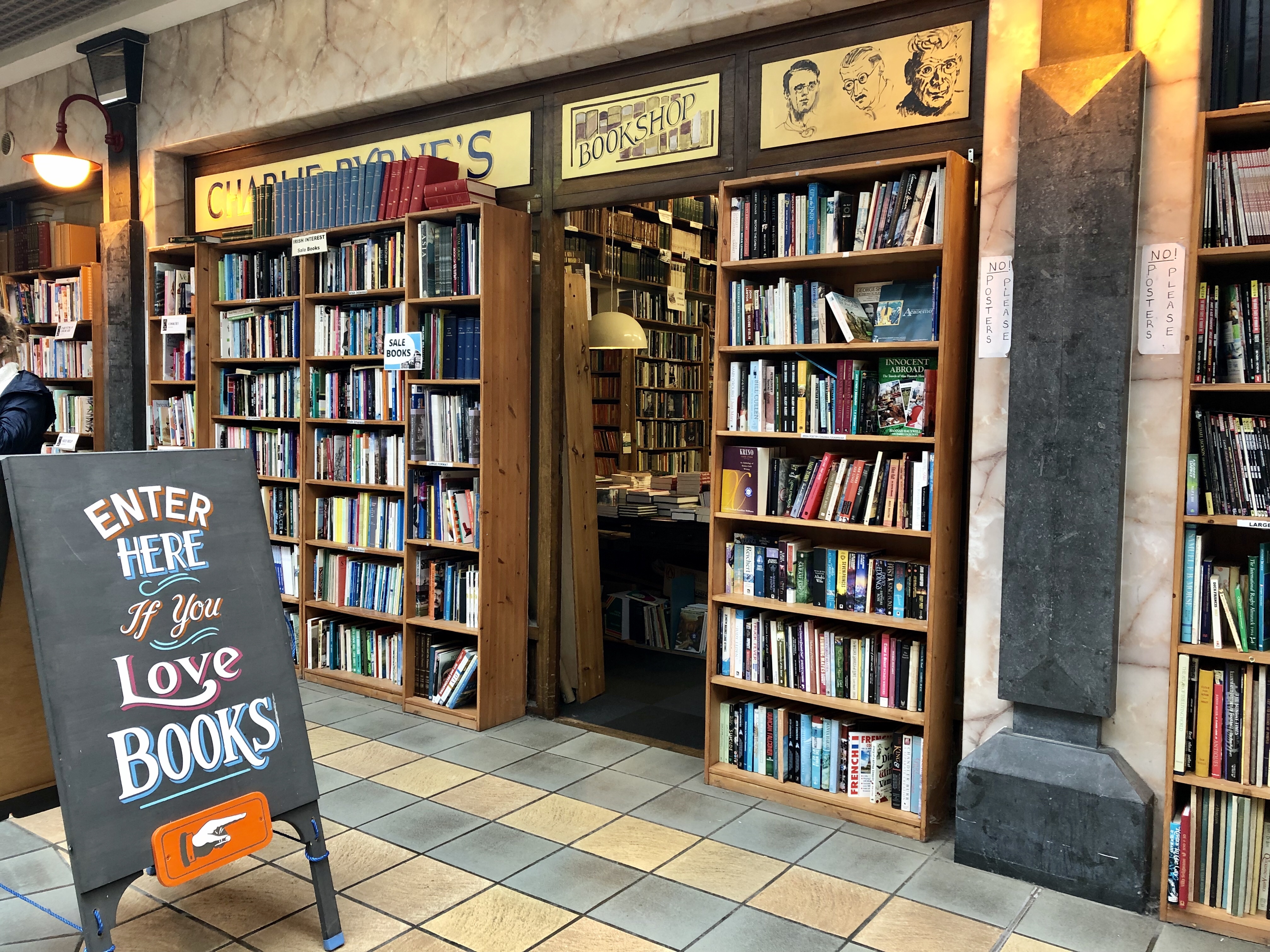



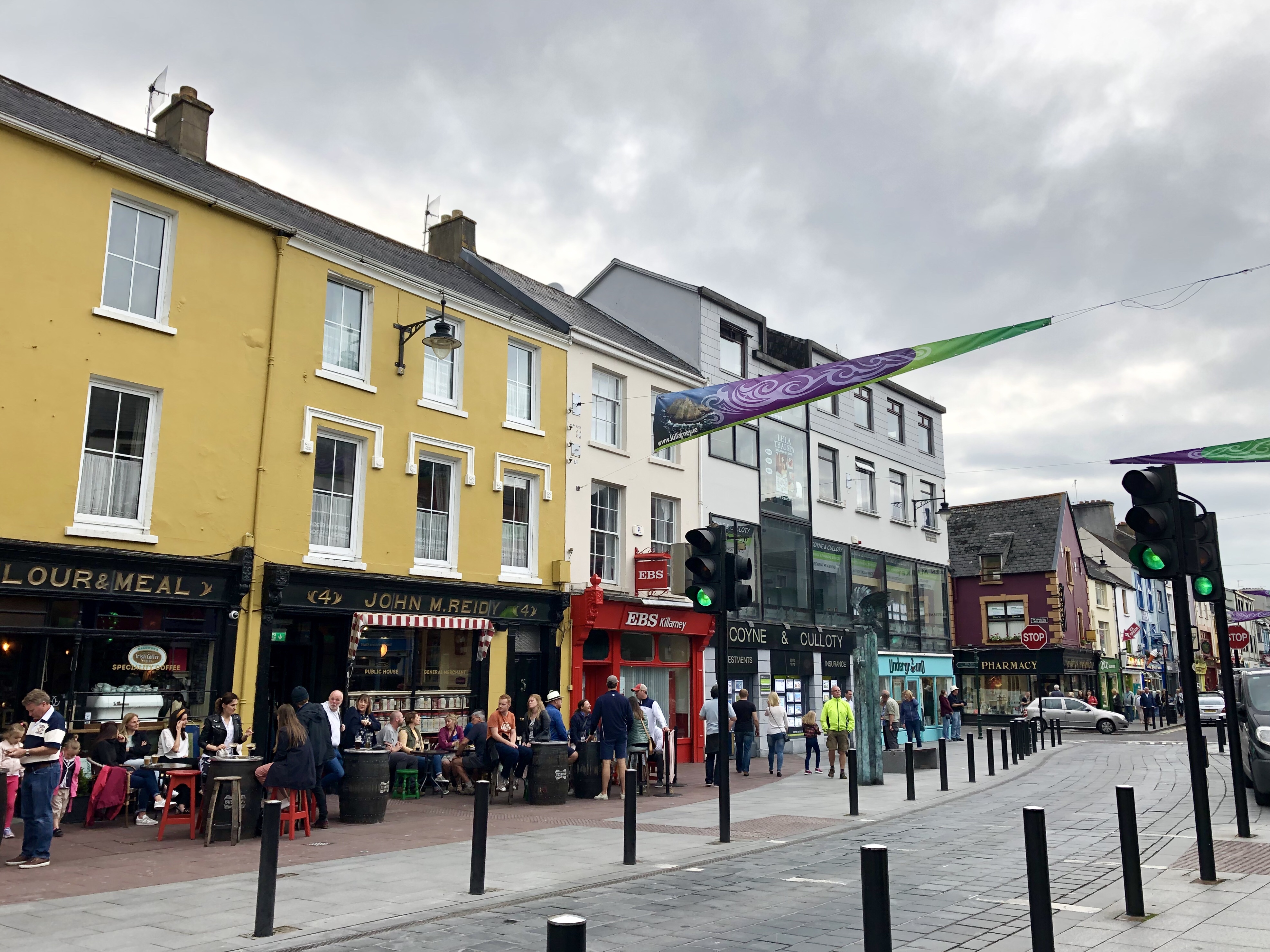




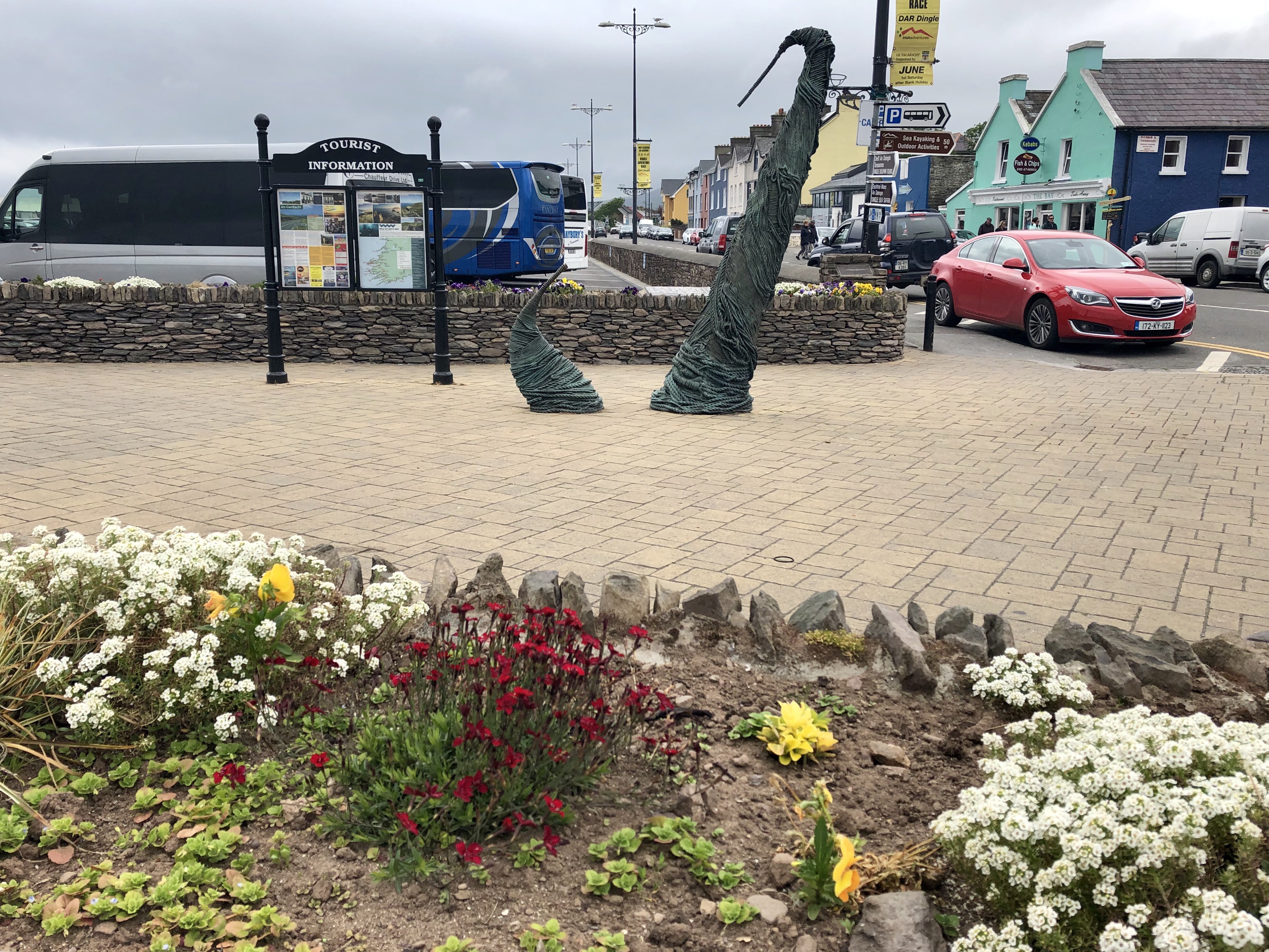

![How Will 2021 Be Different? [Holiday Recap]](https://chlohemian.com/wp-content/uploads/2021/01/img_9386.jpg?w=723)
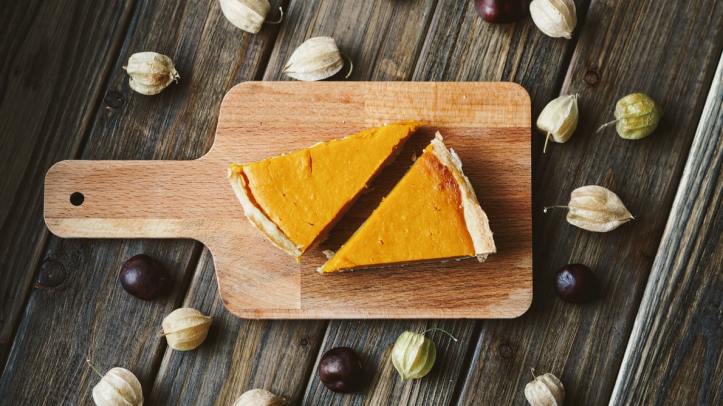
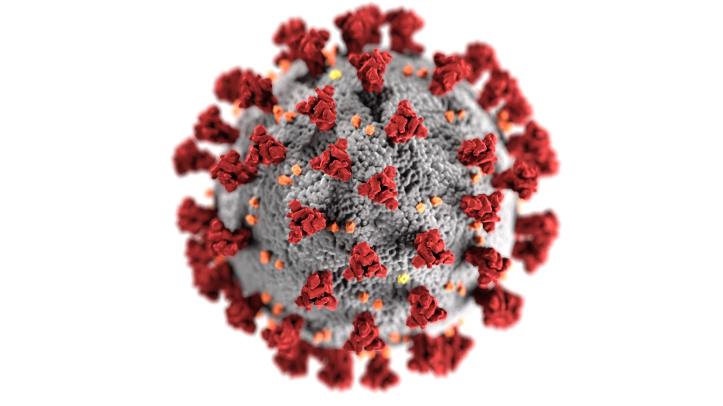
Love , Love, Love Ireland.
Spent nine weeks last year – same time as you – travelling in our camper. One of the highlights for us, apart from, as you say , finding glory and beauty round every corner and the people so very friendly , was the trad music we found in the pubs in the evenings. The ramblings, where any musician or story- teller could just turn up and be welcomed into the fluid group. We were often “locked in” until the early hours of the morning and just for the price of a couple of halves of Guinness. Not that they quite got the half pint of Guinness thing. Our favourite “lock In” was in a place called “Jim o’ the Mill” . It’s in Upperchurch in Tipperary and is famous all over the world. But it’s just a family farmhouse where they have a small bar which opens once a week on a Thursday. And then they have the Rambling, the best Rambling EVER. Oh my word, I just love Ireland .
LikeLiked by 1 person
[…] I traveled Ireland solo for one month, and I was raised never to do anything too risky by myself. That’s why I thought the climb to Knocknarea (“Nock-Nuh-Ray”), a “large hill” next to the Strandhill suburb of Sligo town, would be relatively unintimidating at 327m (1073ft). […]
LikeLike
[…] Ireland is the type of country where everything you see is more beautiful than the last thing til yo… […]
LikeLike
Ireland looks beautiful. I notice the dramatic grey clouds quite a bit, the greens, and you beautiful smile. 🙂
LikeLike